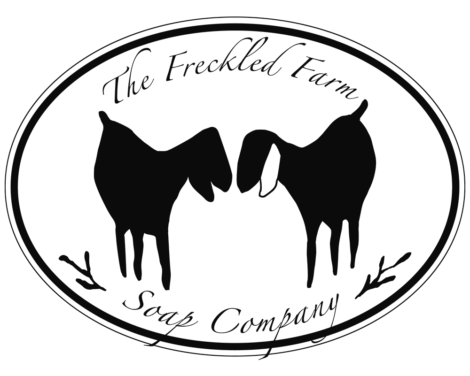It’s almost officially winter. It won’t be long before we are dealing with extremely cold temperatures!
Most farm animals are built to deal with the cold to some degree. They have thick skin and a thick coats, but when tempatures drop well below freezing, like they did last winter, they may need a little help. Below I have outlined some ways we help our animals stay warm and healthy even when the temperatures reach frigid levels!
- We deep bed both our barn and chicken coop. When the temperatures start to drop late fall we do one last deep clean of the barn and chicken coop, then start a very thick layer of straw. It is imperative that you make sure you get good quality straw that has never gotten wet. You do not want your straw molding. On a daily basis (for the barn at least) we clean up any manure and extremely soiled straw then add a clean layer of straw. Most of the poop falls through the straw to the bottom of the bed (with the exception of the llama poop since they poop in one spot and it starts to build up), where it begins to compost and generate heat. The heat from the composting matter heats the barn and keeps it (in our case at least) significantly warmer than the outside air.
- When building our goat shelter we opted for a true barn as opposed to a lean-to like so many do for their goats. We wanted the option to completely close up the shelter if need be. If we are expecting extremely cold temps we can close the barn door, trapping in the heat from the deep bedding and their body heat. It’s also extremely helpful when you are kidding when it is still cold!
- One of the big challenges of winter is keeping fresh water available. In freezing temperatures the water buckets freeze in no time. We haven’t gone as far as to heat our buckets yet, although I feel that time is coming as our herd grows… We just check them often, either dumping out the ice and adding fresh water or adding warm water to thaw the ice.
- Finally we increase their feed. In the winter we more than quadruple the hay rations for the animals. They do not have grass or forage to eat (when it snows they won’t even leave the barn) and we want them to maintain weight, if not put a little more on, to help pad them for winter.
While most animals can deal with cold temperatures without much issue, following the few steps outlined above you can help them get through the harshest points of winter.

